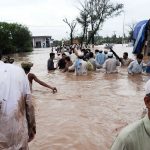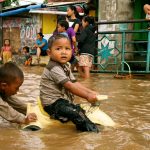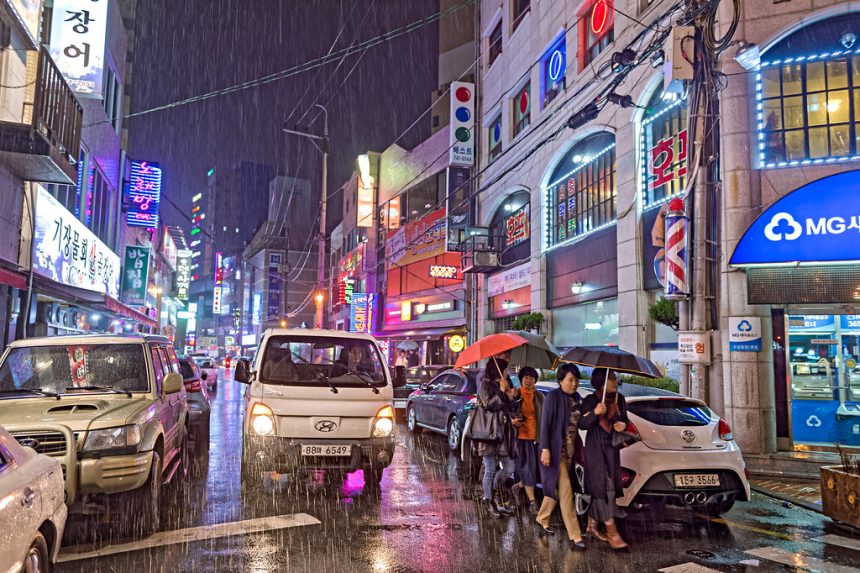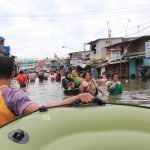Fourth Day of Relentless Downpours
South Korea entered the fourth consecutive day of torrential rains on July 19, resulting in at least four confirmed deaths and two missing persons, authorities reported. The unrelenting downpour has prevented nearly 3,000 evacuees from returning home as floodwaters continue to rise.
Massive Evacuations and Ongoing Displacement
Since the onset of the rains, over 7,000 residents were evacuated nationwide. As of Saturday morning, 2,816 people remained displaced, primarily from flood-prone regions in South Chungcheong Province, where some areas—like Seosan—received over 500 mm (20 inches) of rainfall since Wednesday.
Flooded Homes, Farms, and Livestock on the Brink
Heavy precipitation has wreaked havoc on infrastructure:
- 641 buildings and 388 roads submerged or damaged.
- 59 farms inundated, impacting crops and livestock—some livestock were seen standing neck-deep in water.
- The South Chungcheong region also recorded localized rainfall totals exceeding 500 mm, swelling rivers and exacerbating flood risks.
Deadly Dangers Across the Region
Fatal incidents include:
- A driver crushed by a collapsing retaining wall in Osan.
- Victims trapped in a submerged car, a flooded basement, and fast-flowing stream channels.
Authorities Issue Severe Warnings
The Ministry of Interior and Safety issued nationwide landslide and flood warnings, cautioning residents in vulnerable areas to stay alert. Heavy rainfall forecasts extend through Monday, with concerns for additional damage and potential casualties.
Government Mobilizes Resources for Rescue and Relief
President Lee Jae Myung convened an emergency session, urging the deployment of all available resources for disaster response. He emphasized that certain tragedies were avoidable with enhanced forecasting and proactive evacuation strategies. Over 5,000 people were housed in shelters, and response teams were actively clearing debris and delivering aid.
Next Steps: Vigilance and Reconstruction
- Rescue operations continue, with a focus on assisting isolated communities.
- Infrastructure assessment and repair efforts are underway for roads, retaining walls, and farms.
- Post-event review will guide improvements in early-warning systems and climate-resilience strategies.
Final Word
South Korea’s unprecedented rainfall has resulted in loss of life, widespread flooding, and long-term displacement. As rescue teams race against time, the event highlights the vital role of advanced disaster preparedness, climate-adaptive infrastructure, and community readiness in safeguarding vulnerable populations.











